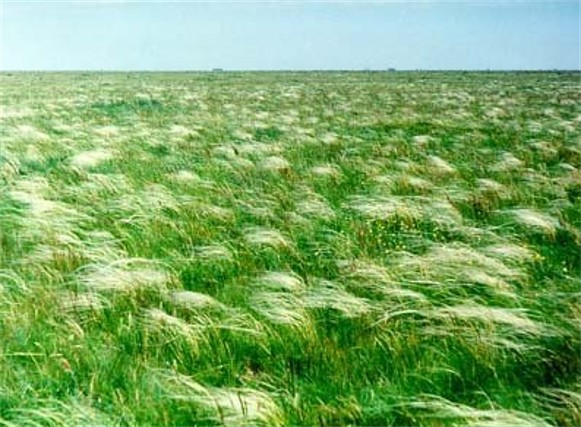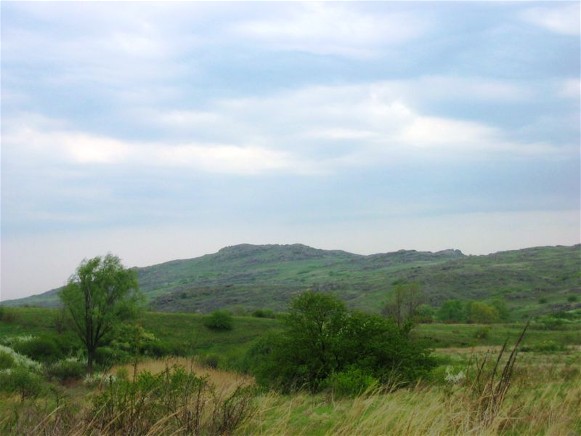Black Sea Depression
Black Sea Depression. A large geological formation in southern Ukraine. It is a foredeep located on the southern side of the Ukrainian Crystalline Shield. Its boundaries encompass the Kuban Lowland, Crimean Lowland, Black Sea Lowland, and Lower-Don Lowland, the Sea of Azov, and the shallow northwestern part of the Black Sea. In the south the Black Sea Depression is bounded by the Dobrudja Hercynian and the Crimean and Caucasian folded structures; in the east, by the Stavropol submerged plate; in the north by the Precambrian Ukrainian Crystalline Shield and the Hercynian structure of the Donets Ridge; in the west, by the alpine mountain structure of the Carpathian Mountains. In the northwest the Subcarpathian Depression is a continuation of the Black Sea Depression. Morphologically the Black Sea Depression is divided into the Black Sea Depression proper and the Azov-Kuban Depression.
The Black Sea Depression is an alpine syneclise, with a gently sloping (platform) northern limb and a steep (geosynclinal) southern limb of over 4,000 m. The depression has no common axis. The crystalline bed of the depression is broken into separate plates. Its sedimentary complex contains the deposits of various systems from the Carboniferous to the Anthropogene periods. Along its axis the sedimentary complex is over 2,000 m in depth and is composed mainly of sand, clay, and chalk. The tectonics of the Black Sea Depression is mainly of a fractural-folded character. The present depression of the Black Sea area developed in the Cretaceous period. Among the useful resources of the depression, iron and manganese ore, oil, gas, gypsum, and salt are the most important.

